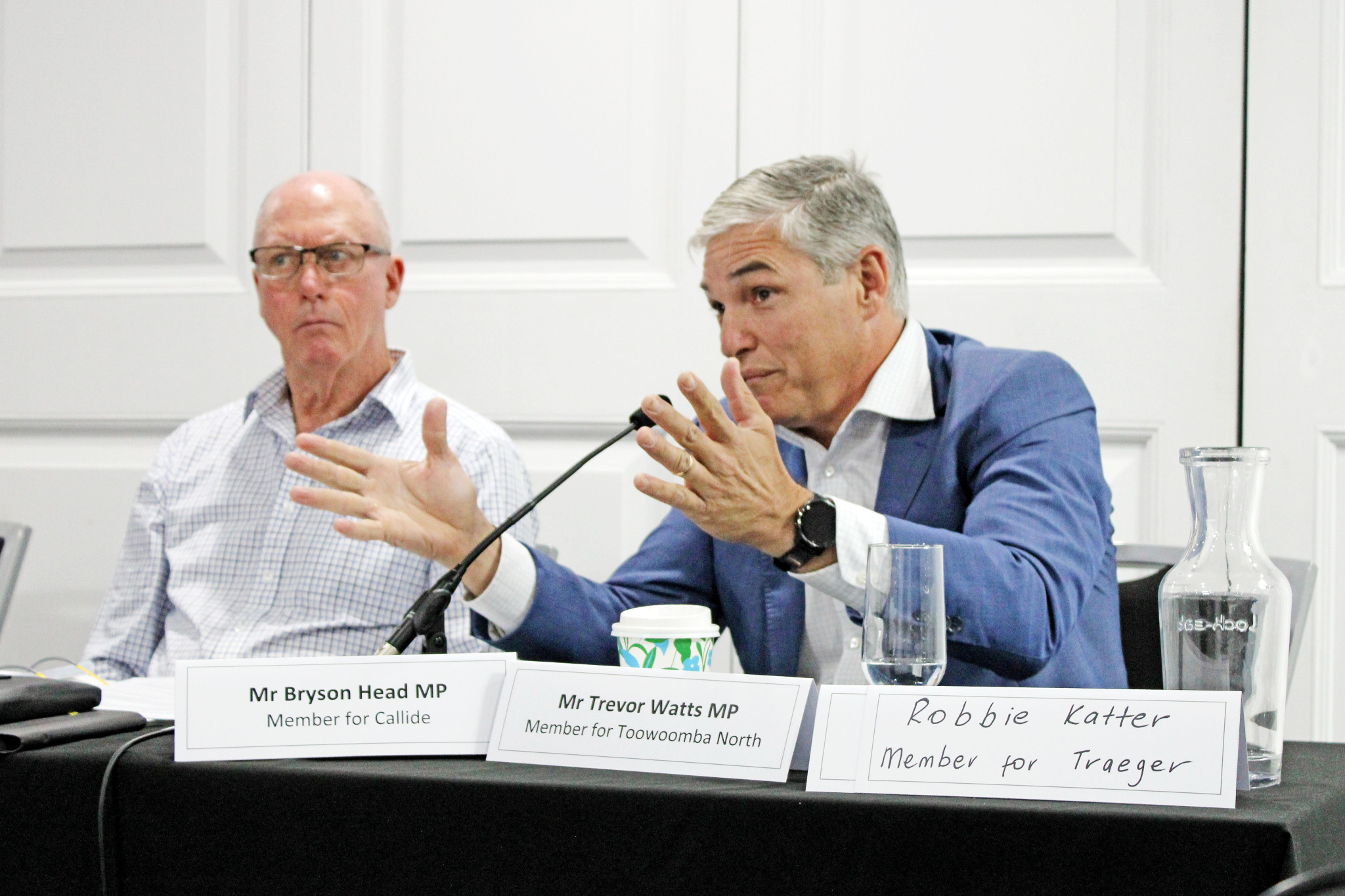General News
7 August, 2024
Glencore, Katter fire barbs during heated parliamentary inquiry
The mining company and Traeger MP wouldn't budge in the Mount Isa hearing.

There was no love lost between Robbie Katter and senior Glencore officials as they faced off during the first public airing of their disagreement over the feasibility of underground copper operations at Mount Isa Mines.
A special motion was passed by the parliamentary committee to allow Mr Katter to sit with the committee and ask questions of witnesses appearing at the inquiry into his proposed amendments to the Mount Isa Mines Act.
Glencore Australia’s zinc assets chief operating officer Sam Strohmayr told the hearing the company had demonstrated its long-term commitment to Mount Isa with $1.8 billion in infrastructure investments in recent years.
He said the underground copper mine life had also been extended for five years longer than forecast, including 18 months to allow for workforce transition following the 2023 closure announcement.
Mr Strohmayer said copper extraction at the underground mine sites had halved to about three million tonnes per annum over the past five years.
Adding to the unfeasibility of the operation, he said the existing underground infrastructure had been constructed to handle higher tonnages than it was currently extracting.
He said the proposed Black Star Open Cut (BSOC) extension project would encroach on the current Mount Isa Copper Operations (MICO) area, meaning the two projects could not co-exist.
“This is not a deposit that has been underdeveloped,” Mr Strohmayr told the committee.
“It is now coming to the end of this life phase – but it is not forever – we are talking about an open cut mine coming over the top of (the underground mine).”
Mr Strohmayr said the Black Star project would predominately be a lead-zinc open pit however later deposits indicated it would eventually transition to some copper extraction, which would provide further processing material for the smelter.
He said the pre-feasibility stage for the project was due to be completed within three months.
Mr Katter maintained a line of questioning that suggested Glencore was not required to be transparent with the state government over its reasons to close MICO.
At one point, he also managed to get the Glencore table to admit – in a hypothetical scenario – that it would be prepared to discuss selling its Mount Isa asset to an interested buyer.
Mr Katter said the Evolution Mining purchase and life expansion of the Ernest Henry Mine was evidence that some companies were better suited to specific periods in a mine’s existence.
However, Glencore head of corporate affairs Cass McCarthy repeated claims that existing regulatory oversight provided sufficient accountability for the company’s operational decisions.
She said the Mount Isa Mines Act required the operator to provide a development plan every five years, which included detailed explanations of the available deposits and expected production targets.
She said Glencore had been due to provide a new report in January 2025, however the announced MICO closure in October 2023 had triggered a “significant change to operations” clause within the Act that required the company to provide a late development plan to the Department of Resources, which it had submitted in February.
Ms McCarthy said this plan was now undergoing assessment by department officials, where they would be able to request any further information from Glencore should it be required.
The final parliamentary committee report, and its recommendations, are due by September 6